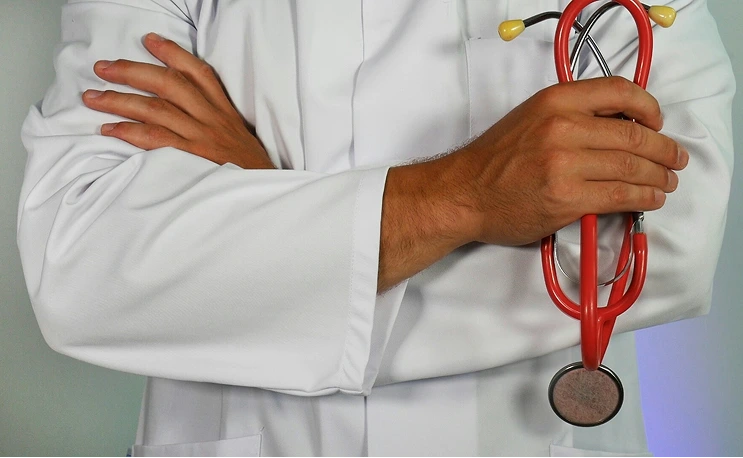Scoliosis is a three-dimensional spinal deformity characterised by the vertebrae's lateral curvature and rotational abnormality. The correction becomes necessary once the curve exceeds 40-45 degrees or if it causes significant symptoms. Correction is carried out by posterior instrumented scoliosis correction, which consists of placing screws in multiple vertebrae along the curve in the spine, connecting them using rods, and applying corrective forces to straighten the spine. Simultaneous costoplasty may be done to improve appearance in case of prominent rib deformity.
In robotic-assisted posterior scoliosis correction, the patient is placed prone on a specialised frame. After intraoperative CT scans, the robotic system generates a high-resolution 3D map of the patient's anatomy. Following this, our expert spine care surgeon in Bangalore plans for the optimal screw trajectories over the workstation, considering the unique aspect of rotational deformity present. The robotic arm then guides placement of each pedicle screw with submillimeter accuracy along the planned path, reducing the risk of neurological injury despite the abnormal anatomy.
Once all screws are placed, specially contoured rods are secured and corrective derotation manoeuvres are performed to achieve three-dimensional correction. When indicated, costoplasty is performed through the same incision to address cosmetic rib prominence.

